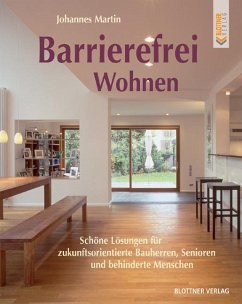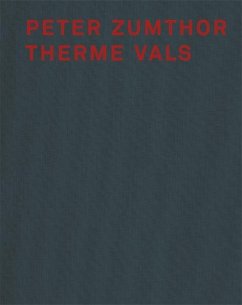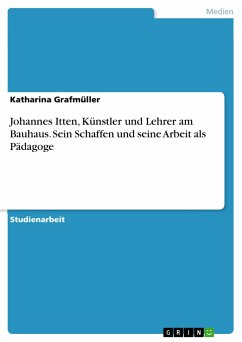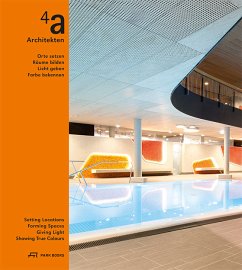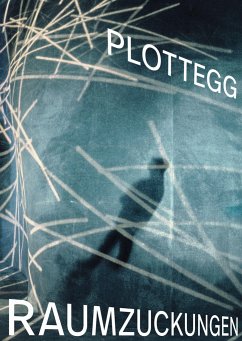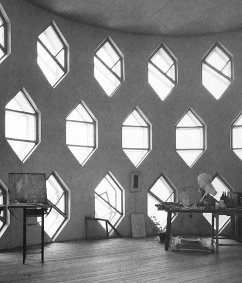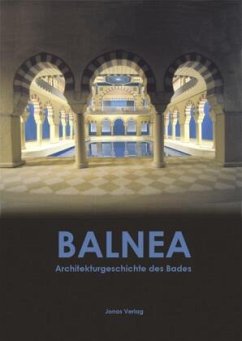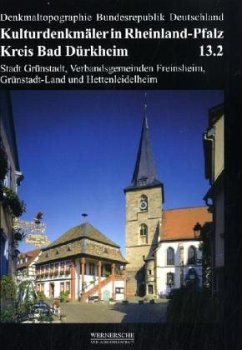
Johannes Peter Hölzinger, Haus in Bad Nauheim
Dtsch.-Engl.
Aufn. v. Dieter Leistner. Text v. Gerd de Bruyn
Versandkostenfrei!
Versandfertig in 2-4 Wochen
36,00 €
inkl. MwSt.

PAYBACK Punkte
0 °P sammeln!
In summer 1978, the cover of the magazine Bauwelt showed a photograph of an unusual building. It was tersely introduced to readers as a "private house with office in Bad Nauheim", but it was immediately obvious that this was a built manifesto. What appeared was a strictly symmetrically articulated, steeply rising façade, emanating dignity and composure. It also seemed able to manage without windows, which further enhanced its austere elegance. And then there were the strikingly slender, sharp-angled wall elements, which seemed captivatingly graceful, or even delicate and fragile - as though f...
In summer 1978, the cover of the magazine Bauwelt showed a photograph of an unusual building. It was tersely introduced to readers as a "private house with office in Bad Nauheim", but it was immediately obvious that this was a built manifesto. What appeared was a strictly symmetrically articulated, steeply rising façade, emanating dignity and composure. It also seemed able to manage without windows, which further enhanced its austere elegance. And then there were the strikingly slender, sharp-angled wall elements, which seemed captivatingly graceful, or even delicate and fragile - as though folded from paper. The fact is that, long before Gilles Deleuze had cast his spell on a new generation of aesthetically ambitious architects, Johannes Peter Hölzinger was putting his folding skills into practice as a matter of course.
Seen from an architectural point of view, Hölzinger's original contribution to the history of modern architecture lies in the fact that he eliminated the antithesis between elevation and ground plan. His building demonstrates precise agreement between internal and external geometry. And as well as this, it met the demand of reconciling art and life, as Hölzinger assumed that people would be prepared to allow their daily tasks to lead to aesthetic behaviour at all times, and would go along with the rhythmic narrowing down and opening up of the space, a current that draws them through the building - from bottom to top, accompanied by ever-in-creasing light and sunshine. This thrilling movement towards the light, this injection of dynamism into space, and their synthetic effect of always presenting what is separate as a unity, deserve to becalled avant-garde in the best sense.
Seen from an architectural point of view, Hölzinger's original contribution to the history of modern architecture lies in the fact that he eliminated the antithesis between elevation and ground plan. His building demonstrates precise agreement between internal and external geometry. And as well as this, it met the demand of reconciling art and life, as Hölzinger assumed that people would be prepared to allow their daily tasks to lead to aesthetic behaviour at all times, and would go along with the rhythmic narrowing down and opening up of the space, a current that draws them through the building - from bottom to top, accompanied by ever-in-creasing light and sunshine. This thrilling movement towards the light, this injection of dynamism into space, and their synthetic effect of always presenting what is separate as a unity, deserve to becalled avant-garde in the best sense.
Dieser Artikel kann nur an eine deutsche Lieferadresse ausgeliefert werden.




